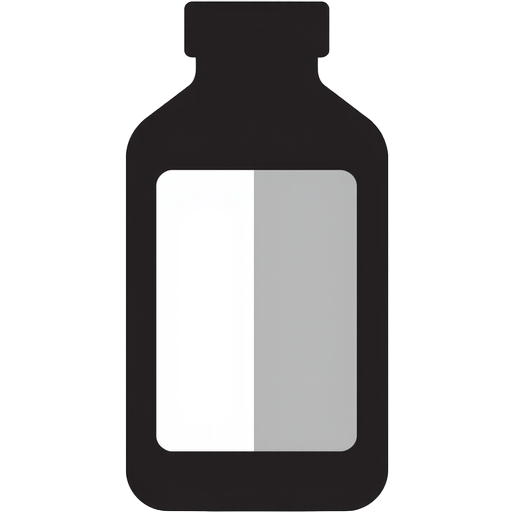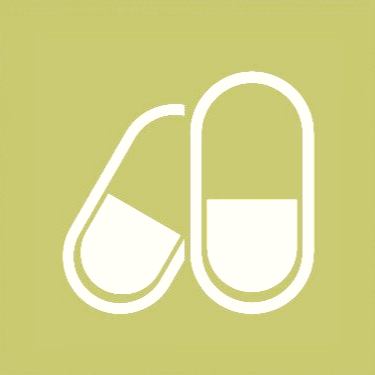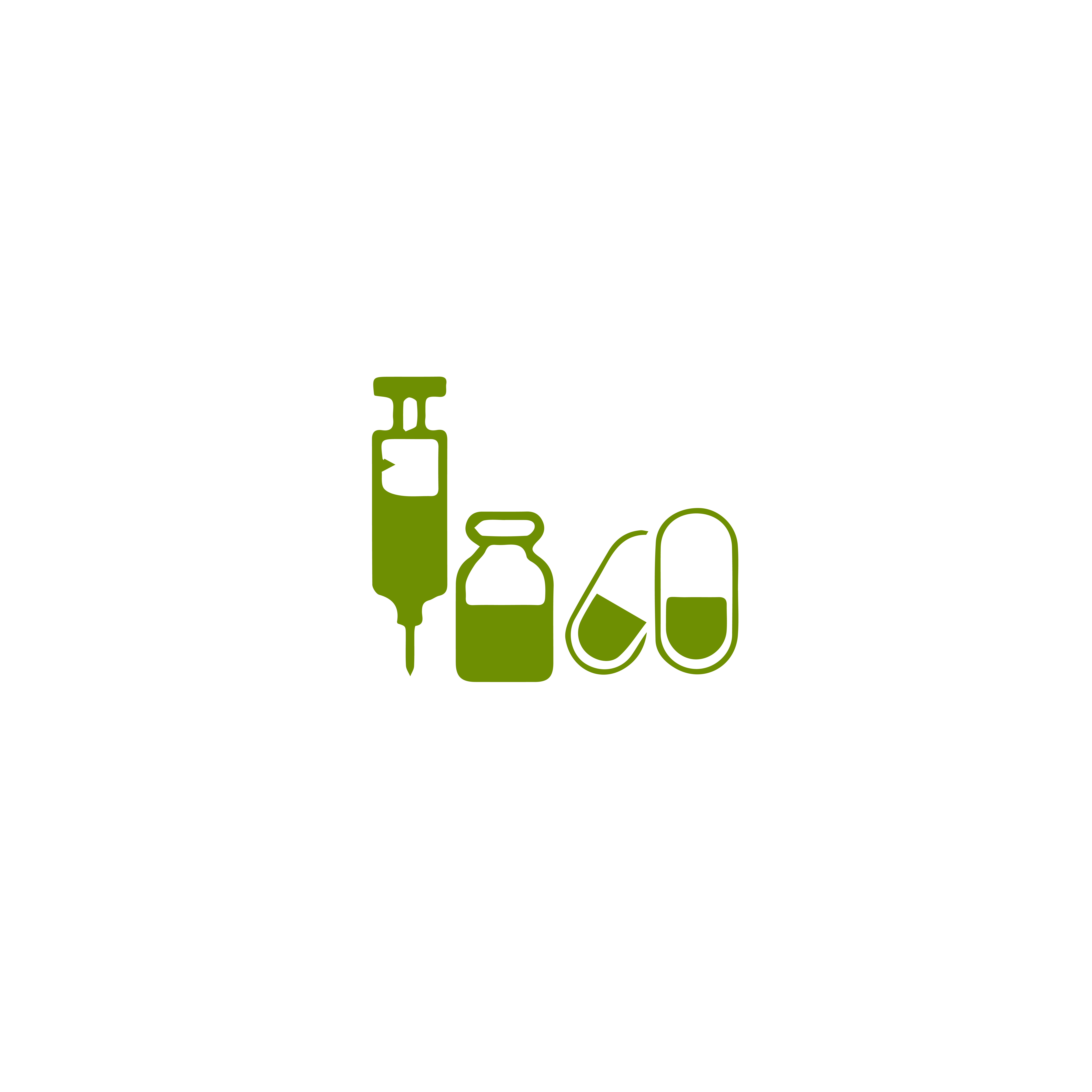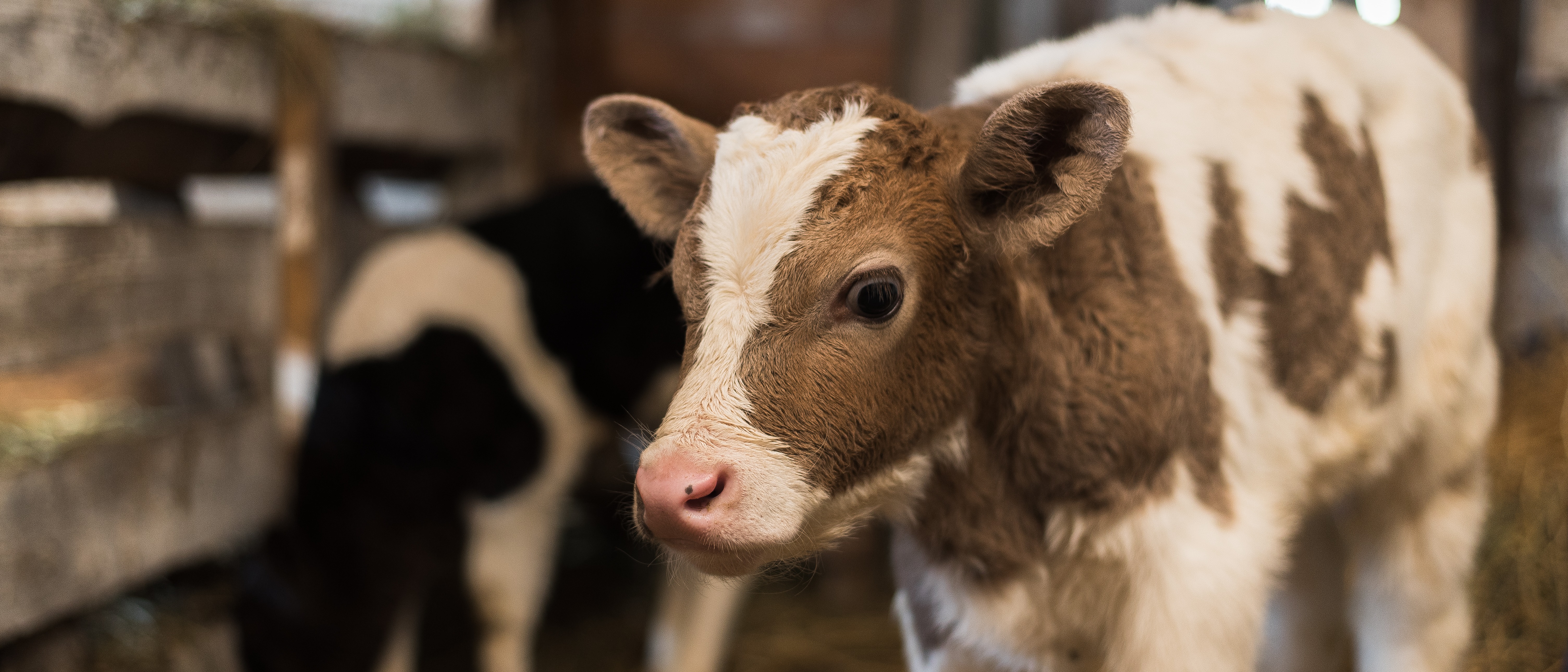Pneumonia and bronchitis in calf infants.
nfection may occur due to a lack of attention to the cleanliness and antisepsis of the umbilical cord after birth, leading to bacterial contamination and entry points for various germs that may reach the bloodstream and lungs (respiratory tracts), resulting in inflammation of the lungs and bronchi.
Moreover, several facilitating factors may increase the likelihood of such cases, including:
- Failure to provide colostrum within the first hours in sufficient quantities.
- Exposure to cold air currents.
- High humidity in the barn.
- Inhalation of vapours, gases, and smoke, causing irritation in the respiratory tracts.
Infection transmission may also occur through the udder infected with inflammation or through maternal secretions, especially if the cow carries one of the pathogenic factors causing such cases.
Respiratory tract inflammation may accompany joint inflammation and symptoms of lameness, indicating that the bacterial infection is systemic, necessitating broad-spectrum and potent treatment.
What are the symptoms indicating respiratory tract inflammation in calf infants?
- Coughing.
- Shallow, rapid abdominal breathing.
- Dry snout with rhythmic movements during breathing.
- Dry and painful cough in the first stage during the first three days, which progresses to a cough accompanied by serous nasal discharge that soon turns purulent with congestion in the mucous membranes.
- General weakness and anorexia.
- In the event of a viral overlap, complications increase, and the symptoms become clearer, often leading to the calf's death due to treatment difficulties.
Treatment for pneumonia and bronchitis in calves:
It is important to note that the causes of pneumonia and bronchitis are numerous, including Gram-negative and Gram-positive bacteria. Therefore, treatment should involve a combination of medications to achieve a broad therapeutic spectrum covering both Gram-positive and Gram-negative bacteria, which includes:
- Dimaben: An antibiotic containing both procaine benzyl penicillin and dihydrostreptomycin in an advanced formulation against both positive and negative bacteria.
- Gentadima: Composed of gentamicin at a concentration of 10%.
- Anrodima: Composed of enrofloxacin at a concentration of 10% in a developed formulation with enhanced efficacy.
- Telodima: Contains tylosin at a concentration of 20% and is the best antibiotic for treating respiratory infections, particularly mycoplasma.
- Neoutin: A compound of sulfadiazine-trimethoprim.
- Oxidima: Contains oxytetracycline at a prolonged concentration of 20% and is the specific treatment for many bacteria causing respiratory infections, including chlamydia and mycoplasma.
- Supportive treatment: Involves avoiding repeated exposure to air currents, ensuring good ventilation, avoiding dust and dirt, and administering vitamins, particularly vitamin A.







